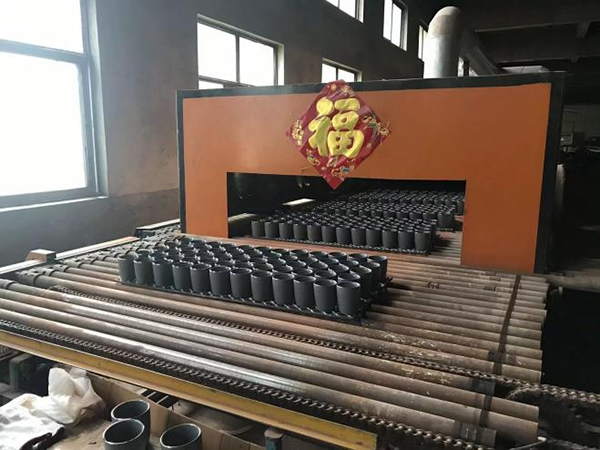Ceramic mug production process detailed introduction
Ceramic mug is a combination of practical and artistic products, its production process involves a number of links, including raw material preparation, molding, firing, decoration and other steps. The following is a detailed introduction to the ceramic mug production process:
1. Raw material preparation:
The raw material of ceramic mugs is usually ceramic mud, and the choice of mud directly affects the quality and appearance of the final product. Common ceramic clay materials are white clay, red clay, black clay, etc., and white clay is the most commonly used choice for mug production, because it can show a pure white after firing, suitable for a variety of decoration and printing.
2. Molding:
Extrusion molding: This is a traditional hand molding method. Ceramic artisans put clay on a wheel and gradually shape the cup by squeezing and kneading it by hand. Mugs made in this way have a more handmade feel, and each cup is unique.
Injection molding: This is a relatively automated method. The clay is placed in the mold, and the clay is pressed into the shape of the cup by the injection molding machine. This approach improves productivity, but preserves relatively little of the uniqueness of the manual.
3. Dressing and drying:
After forming, the ceramic cup needs to be trimmed. This includes trimming the edges, adjusting the shape, and making sure each mug has a good look. After finishing, the ceramic cup is placed in a ventilated place for natural drying to remove excess water.
4. Firing:
Firing is a crucial step in the production of ceramic products. Ceramic cups are subjected to high temperatures during firing, which causes them to harden and form a strong structure. The control of firing temperature and time is critical to the performance and appearance of the final product. Typically, the firing temperature is between 1000°C and 1300°C, depending on the ceramic paste used.
5. Glaze (optional) :
If the design requires, the ceramic cup can be glazed. Glazing can provide the smoothness of the ceramic surface and add texture to the product. The choice of glaze and the way it is applied can also affect the color and texture of the final product.
6. Decoration and printing:
Decoration: Some ceramic mugs may need to be decorated, you can use painting, decals and other ways to add artistic sense and personalized.
Printing: Some custom mugs are printed before or after firing. Printing can be a corporate LOGO, personalized patterns, etc., to increase the uniqueness of the mug.
7. Edging and inspection:
After firing, the ceramic mug needs to be edged to ensure that the mouth edge is smooth and not easy to scratch the mouth. At the same time, strict quality inspection is carried out to check whether there are defects, cracks or other quality problems.
8. Packing:
After completing the inspection, the ceramic mug enters the packaging process. Packaging is done in a way that both protects the product from damage and showcases the appearance and characteristics of the product. Usually, ceramic mugs are packaged in beautiful boxes, which may be printed with brand logos or related information to enhance the overall impression of the product.
9. Distribution and after-sales service:
After the packaging is completed, the ceramic mug enters the final distribution link. Manufacturers ship products to sales channels, such as stores, e-commerce platforms, etc. In the sales process, it is also crucial to provide good after-sales service, including answering customer questions and dealing with after-sales problems.
In SUMMARY:
The production process of ceramic mugs covers a number of links, from raw material preparation to molding, firing, decoration, inspection, packaging, and each step needs to be strictly controlled to ensure excellent quality and appearance of the final product. The traditional manual molding method gives the product a unique artistic sense, while the automatic molding method improves the production efficiency. In the entire production process, the experience and skills of the craftsman are crucial, and the precise control of raw materials and processes is directly related to the quality of the final product.
At the same time, different design and customization requirements will introduce different processes, such as glaze, decoration, printing, etc., making ceramic mugs have more personalized and creative.
In the market, ceramic mugs are popular because of their environmental protection, durability and can be customized. Whether used as a daily drink container or commercial giveaway, ceramic mugs show their unique charm. In the production process, the relentless pursuit of quality and innovation is the key to manufacturers to continuously improve the competitiveness of their products.






